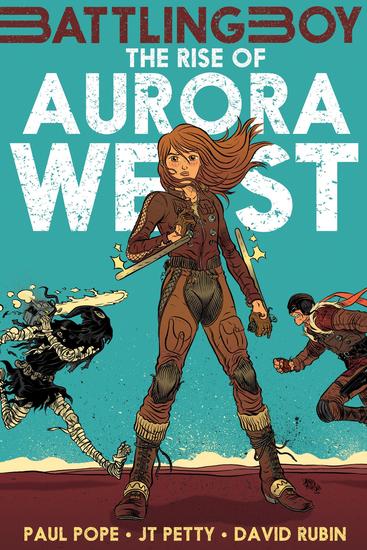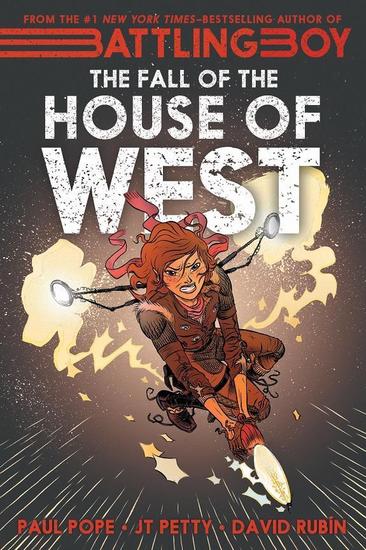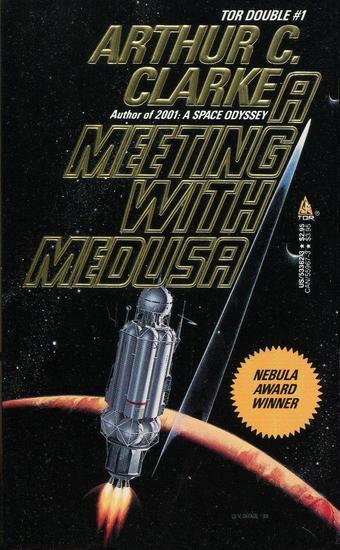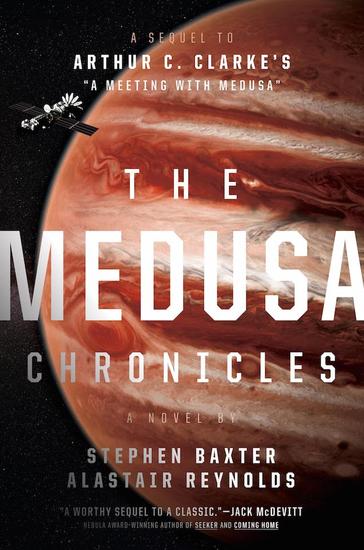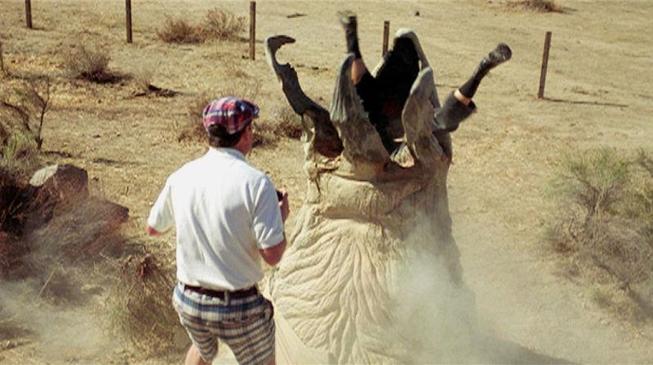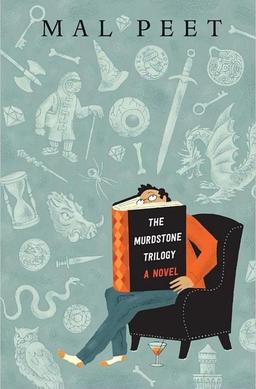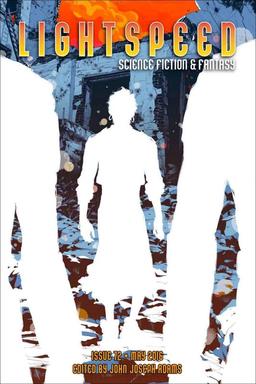How Does Story Happen? An Interview with Jane S. Fancher
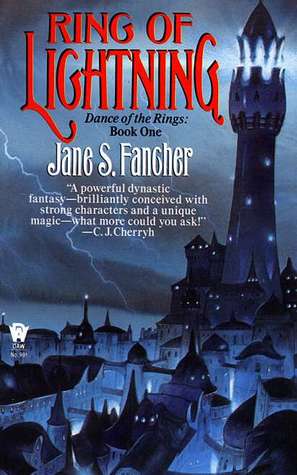 |
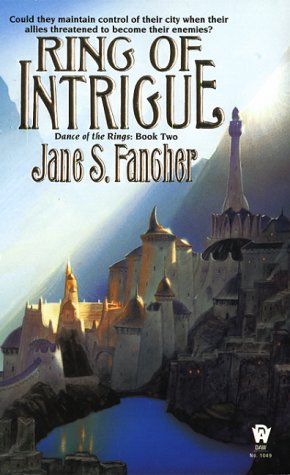 |
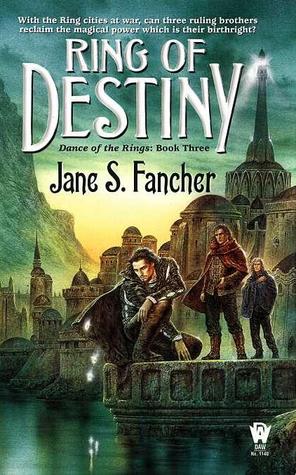 |
In my report on the 2016 Nebula Awards weekend, I talked about my two-part interview with SF and fantasy writer Jane S. Fancher, author of the Groundties trilogy and the Dance of the Rings novels. (It turned into a two-part interview because the memory on my new iPhone maxed out while recording CJ Cherryh’s epic Grand Master talk, and my first attempt at an interview lasted all of three minutes. Fortunately, Jane was understanding enough to pick up our interview 24 hours later.)
The Dance of the Rings novels were some of the first review copies I ever received, back in the late 90s when we were first getting the review site SF Site off the ground, so they meant a lot to me personally, and it was a delight to finally meet Jane in person. Turns out we had a lot in common, not the least of which was fond memories of the 90s comic scene (especially WaRP Graphics, publishers of ElfQuest, where Jane got her start in the industry), and a fascination with SF publishing. She was kind enough to share her stories of breaking into the industry, the tumultuous ups and downs of starting with short-lived Warner Questar, publisher of her first three novels, and switching to DAW for her first fantasy series.
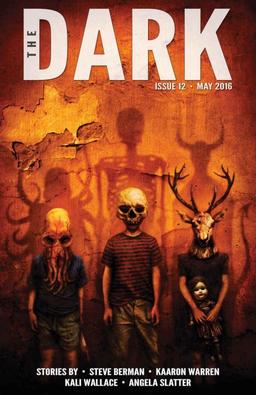
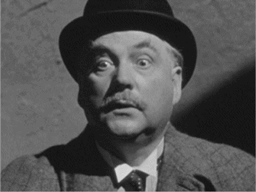
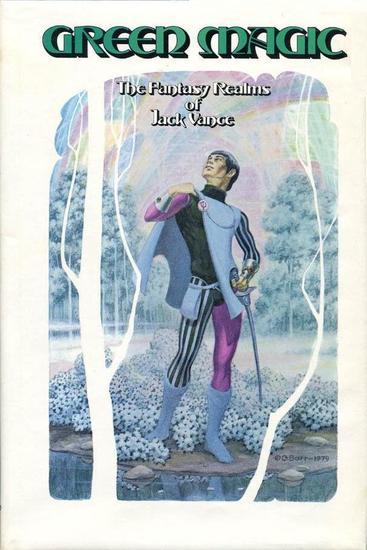
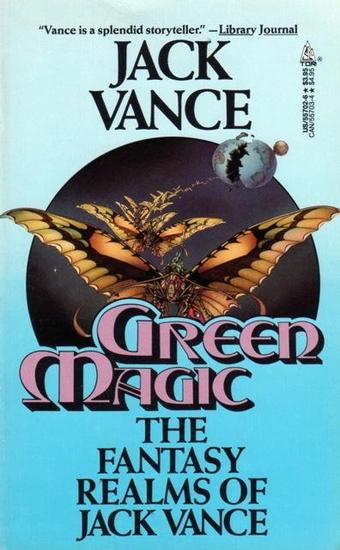
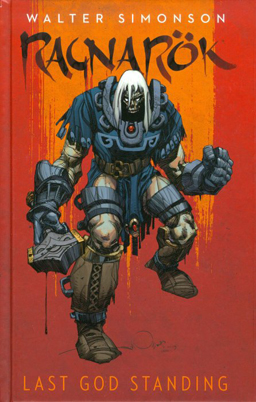 Walt Simonson’s published eight issues so far of his ongoing comics series Ragnarök, along with a trade paperback collecting issues 1 through 6. Simonson, a veteran master of the comics form, is joined for the book by colorist Laura Martin and letterer John Workman. Edited by Scott Dunbier, Ragnarök’s published through IDW, and Chris Mowry’s credited with “production” on the first seven issues while Neil Uyetake gets the production credit on the eighth. What is Ragnarök beyond that? A fast-paced, adventurous saga. A grim playing-about with Norse myth. A super-hero high fantasy that nods to the past while telling a new and distinctive tale. And: a comic as exuberant as it is well-crafted.
Walt Simonson’s published eight issues so far of his ongoing comics series Ragnarök, along with a trade paperback collecting issues 1 through 6. Simonson, a veteran master of the comics form, is joined for the book by colorist Laura Martin and letterer John Workman. Edited by Scott Dunbier, Ragnarök’s published through IDW, and Chris Mowry’s credited with “production” on the first seven issues while Neil Uyetake gets the production credit on the eighth. What is Ragnarök beyond that? A fast-paced, adventurous saga. A grim playing-about with Norse myth. A super-hero high fantasy that nods to the past while telling a new and distinctive tale. And: a comic as exuberant as it is well-crafted.